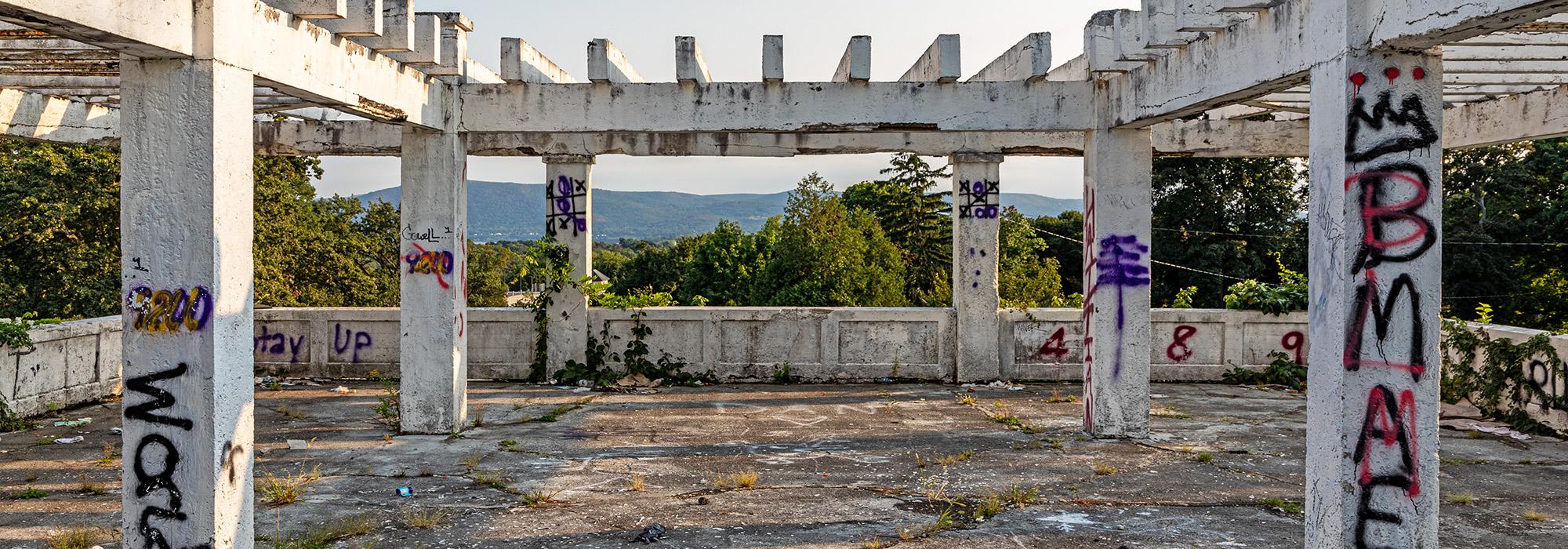New Report and Digital Exhibition –Landslide® 2022: The Olmsted Design Legacy – Safeguarding the Places that Connect Us – Honoring the Bicentennial of the Birth of Fredrick Law Olmsted, Sr.
On Tuesday, October 25, The Cultural Landscape Foundation (TCLF) released Landslide, an annual thematic report and digital exhibition about threatened and at-risk landscapes. The report concludes a year of programming coinciding with the bicentennial of the birth of Fredrick Law Olmsted, Sr., the father of landscape architecture. Landslide 2022: The Olmsted Design Legacy features a dozen threatened sites designed by Olmsted, Sr., and his successor firms throughout the United States and Canada. The sites feature the involvement of one of more of all three Olmsted: Olmsted Sr. (1822-1903), his son Olmsted, Jr. (1870-1957), and stepson John Charles Olmsted (1852-1920).
While more than 200 Olmsted-designed landscapes are now listed in the National Register of Historic Places, and nearly three dozen are designated as National Historic Landmarks, countless others await rediscovery and revitalization. The threats today are varied and significant: a lack of valuation and protection; the impacts of climate change (drought, wildfires, invasive plants, pests, etc.); the loss of connectivity and porous edges with contiguous neighborhoods; and others. When taken together these threats pose additional challenges to stewards, including state and municipal governments, non-profit and grassroots group, and community stakeholders. As explored in this report, this matrix of threats reflects the current state of park and open space stewardship more broadly and invites a contemporary application of the philosophy and design intent of the Olmsted firm.
The exhibition and report feature an introduction, themes that delineate common challenges affecting the sites, an illustrated history of each site, historic, contemporary, and newly commissioned photography, the threats posed, and what people can do to help.
Here are the Landslide 2022 sites:
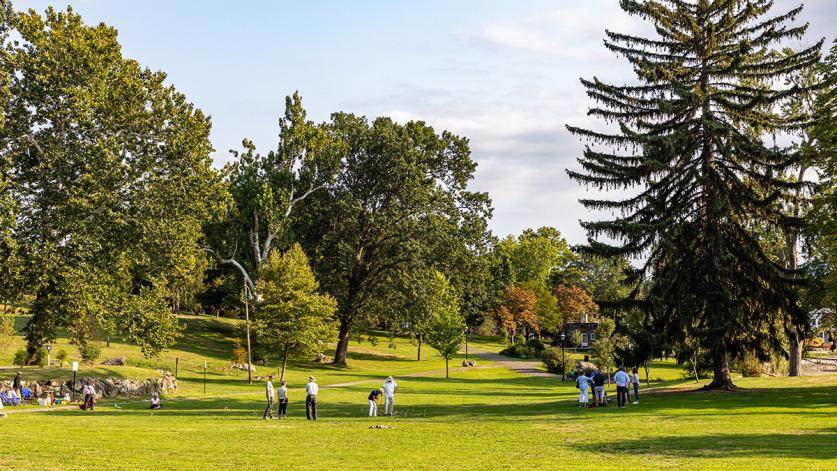
Andrew Jackson Downing Memorial Park, Newburgh, N.Y
This 35-acre park, which opened on July 4, 1897, is the only project in the United States in which two generations of Olmsteds (Frederick Law, Sr. and John Charles) and Vauxs (Calvert and Downing) collaborated. The work was done pro bono with the shared understanding that it would be created in honor of the influential designer, horticulturalist, and author who tragically died in 1852 at the age of 36. Chronic underfunding has resulted in long-lasting deterioration of the Picturesque park. There are also plans to insert a new memorial, which needs to be sensitively addressed, featuring the reinterment of remains of more than 100 African Americans from the former nineteenth century “Colored Burial Ground.”
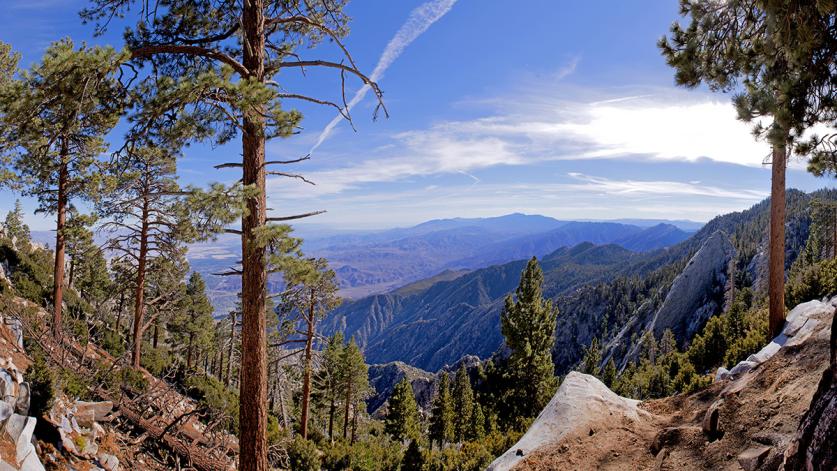
California State Park System, CA
In 1927 the California State Legislature put a plan in motion to create a "comprehensive, well balanced state park system.” The California State Park Commission hired Frederick Law Olmsted, Jr., of the Olmsted Brothers firm, who partnered with regional landscape architects and scores of volunteers to create a comprehensive survey identifying potential public parks that would represent the state’s wide-ranging ecology, scenery, and history. Working with a bare bones budget of $15,000 Olmsted’s recommendations resulted in an initial $12 million (more than $204 million today) towards parkland acquisition. Over the longer-term, Olmsted’s vision resulted in the creation of 125 of California’s 280 State Parks encompassing the following categories: sea coast parks; redwood and woodland parks; mountain, lake, and river parks; desert parks; and historic and scientific parks. The increasing frequency and effects of climate change including wildfires and coastal erosion pose threats to this network of State Parks.
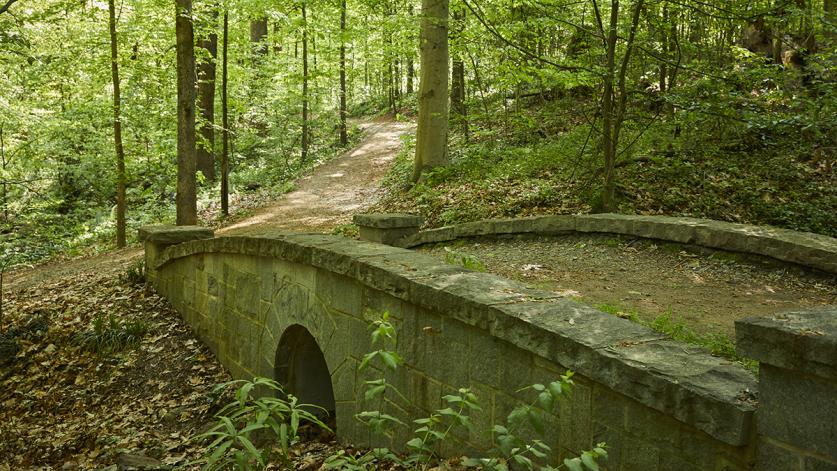
Deepdene Park and Druid Hills, Atlanta, GA
The 1,400-acre Picturesque neighborhood of Druid Hills was the last residential community designed by Fredrick Law Olmsted, Sr. and the and the only such subdivision in which all three Olmsteds were involved. The curvilinear Ponce de Leon Avenue serves as the community’s central spine and is interlaced with six linked public parks that total 45 acres. The easternmost and largest park, Deepdene, is characterized by steep perimeter edges that slope towards a tributary of the Peavine Creek. Construction delays and missteps involving drainage have resulted in significant erosion in the park and downstream areas.
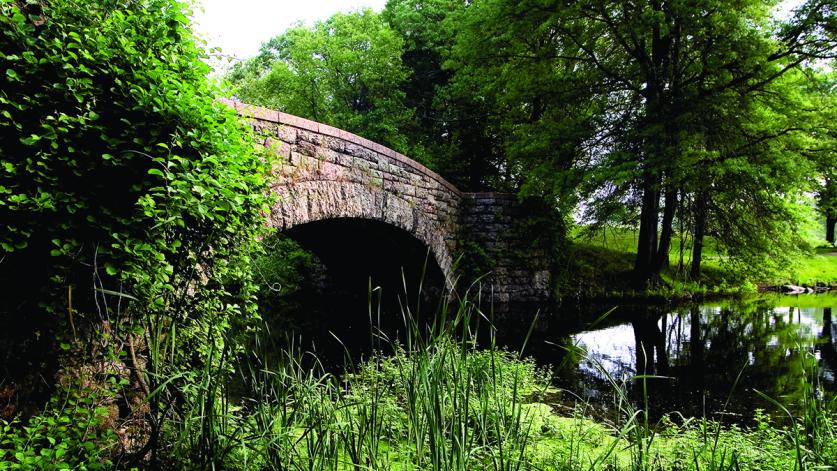
Franklin Park, Boston, MA
Designed by Frederick Law Olmsted, Sr., and John Charles Olmsted this 526-acre park is the largest in the 1,100 acre chain of parks known as the Emerald Necklace. In 1949, thirteen acres of parkland was confiscated for the Lemuel Shattuck Hospital, which is now scheduled for demolition. Only 40 percent of the park’s original acreage is currently freely accessible to the public and park advocates wish for the site to be returned to parkland, while state officials want to use the site for healthcare and housing services.
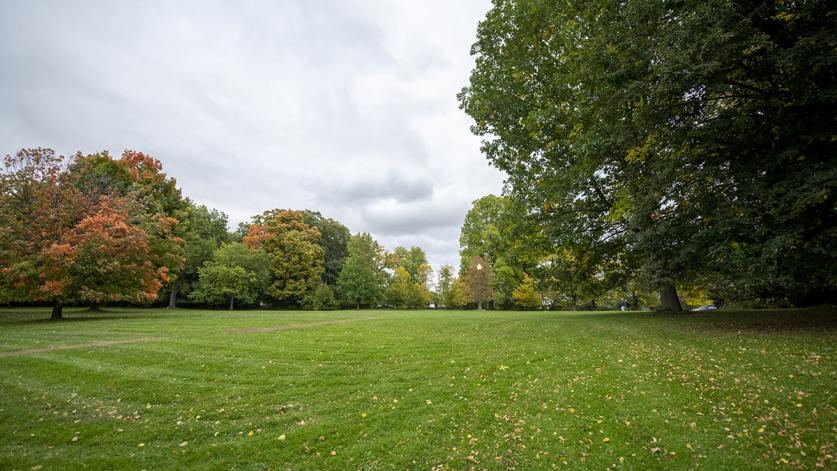
Genesee Valley Park, Rochester, N.Y
Along with Louisville, KY, Rochester is the only other park system designed and planned by all three Olmsteds. At 543 acres, Genesee Valley Park is one of three major parks, comprising the original system, designed by Frederick Law Olmsted, Sr. In 1969 ownership of a portion of the northeast quadrant of the park was conveyed to the University of Rochester for the expansion of its campus. The university wants to raze 1.5 acres of woodland and redevelop it as generic warehouse space, which would also result in severe detriment to scenic viewsheds from several crucial vantage points, including from and across the river.
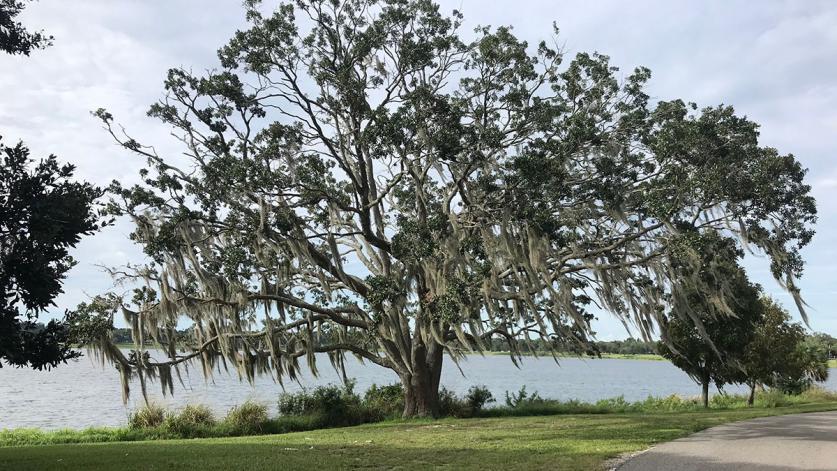
City of Lake Wales, FL
While working on Bok Tower Gardens in central Florida in the 1920s, Frederick Law Olmsted, Jr., completed a comprehensive plan for the nearby city of Lake Wales, envisioning a “city in a garden” with streets bordered by single or double rows of palms and understory trees. Over the years, deferred maintenance and increasingly severe storms have led to significant tree loss and the degradation of the Olmsted firm’s carefully laid out street tree plan.
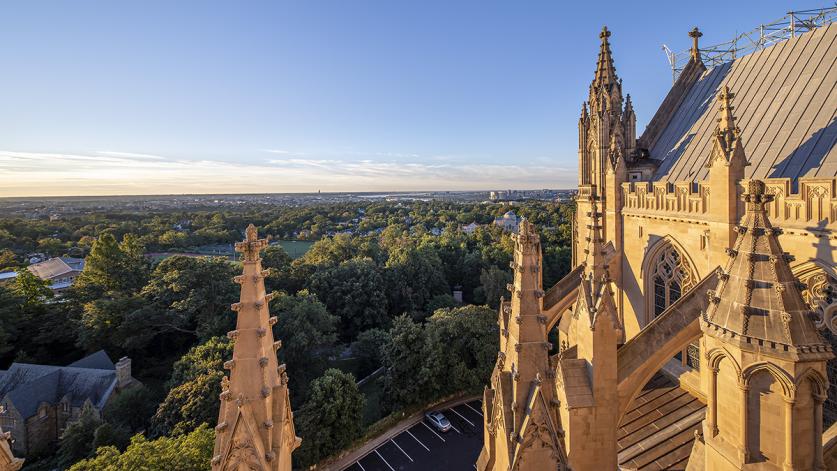
Olmsted Woods at Washington National Cathedral, Washington D.C.
Frederick Law Olmsted, Jr.’s, comprehensive plan for the 59-acre grounds of the Washington National Cathedral included the preservation of an existing five-acre woodland, now known as the Olmsted Woods. A critical component of the Potomac River Basin watershed system, this beloved landscape has suffered escalating damage from drought, stormwater runoff, and flooding events in recent years, adding stress to both the watershed and the woodland’s native plants and mature trees.
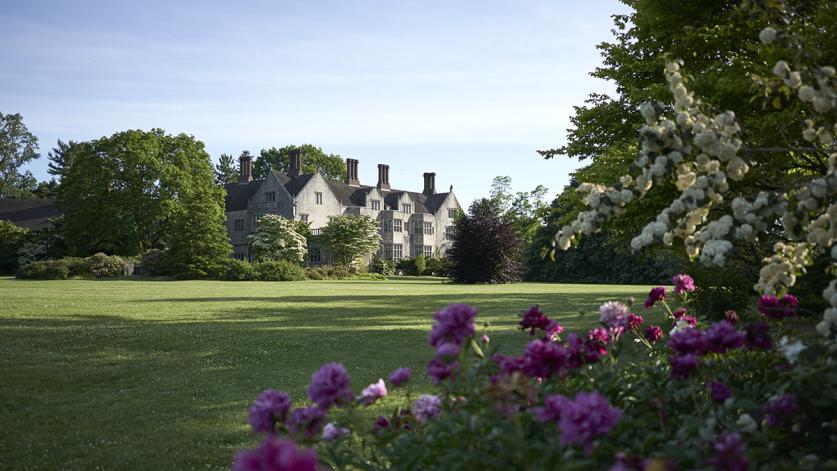
Planting Fields Arboretum State Historic Park, Oyster Bay, N.Y
Entrepreneur and avid gardener William Robertson Coe hired Olmsted Brothers to revive the grounds of his estate on Long Island, Planting Fields, in 1918, beginning a fruitful collaboration that spanned decades and produced 395 plans. Now an arboretum and historic site open to the public, Planting Fields is confronting the significant challenges of maintaining the estate’s historic canopy as newly discovered diseases severely threaten its trees.
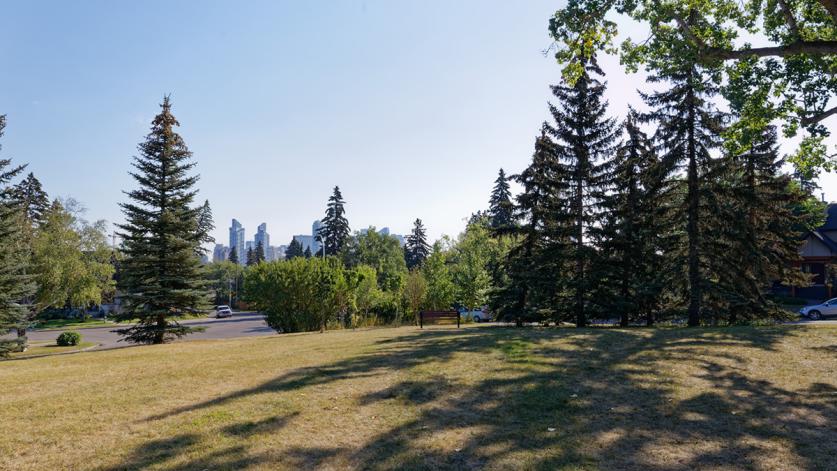
Scarboro, Calgary, Alberta, Canada
One of only two extant suburbs designed by the Olmsted firm in Canada, Scarboro’s curvilinear parkways, natural topography, and rigorously controlled development guidelines represented a departure from the typical railway towns developed in Calgary at the turn of the twentieth century. Unrecognized as a heritage asset by the local and provincial government, the community is at risk of being irreversibly altered by encroaching developments unsympathetic to local historical and physical context.
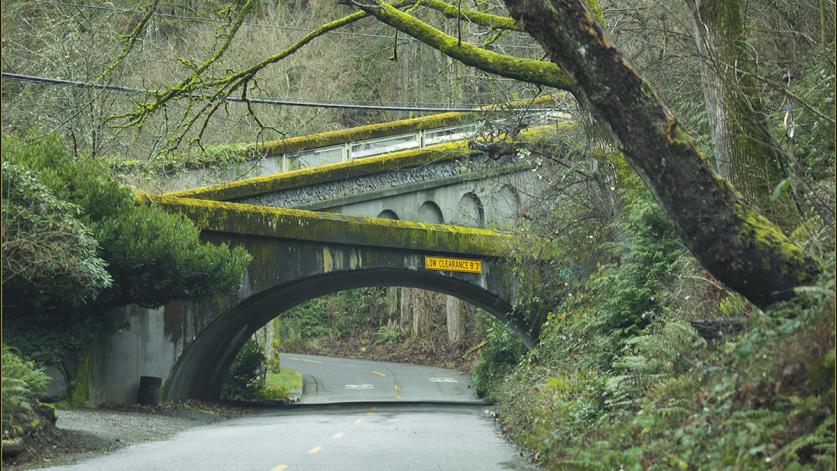
Seattle Parks and Boulevards, Seattle, WA
In 1903, the Olmsted Brothers firm, under the leadership of John Charles Olmsted, developed "A Comprehensive System of Parks and Parkways” for Seattle's Board of Park Commissioners, beginning a professional relationship that would span 33 years, concluding with the firm’s proposals for Washington Park Arboretum. Over the years connections between parks and residential enclaves, once purposefully linked by twenty miles of tree lined boulevards, has been severed, threatening the carefully choreographed landscape experience.
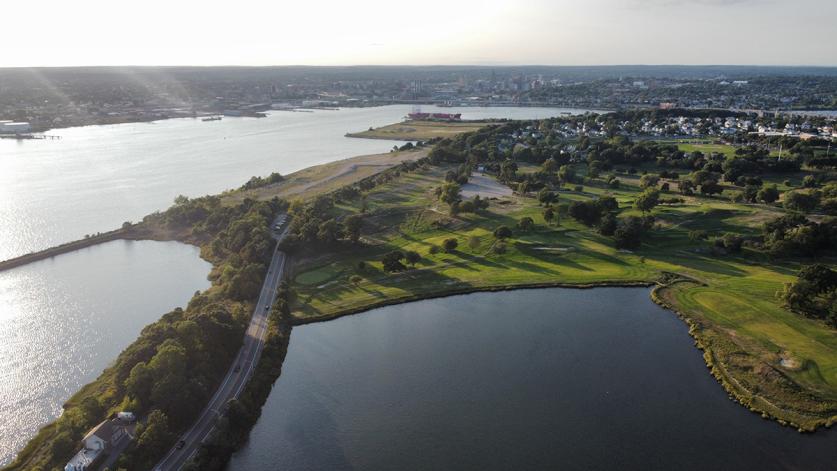
Veterans Memorial Parkway, East Providence, R.I
Commissioned by the Metropolitan Park Commission of Providence in 1904, this two-and-a-half mile scenic, tree-lined parkway was devised by Olmsted Brothers to offer drivers panoramic views of the Providence River, Narragansett Bay, the bustling industrial harbor of East Providence, and scenic woodlands. Although eligible for historic designation, the site remains unprotected and at risk of losing its distinctive character, connectivity, and viewsheds as new developments drastically alter the waterfront.
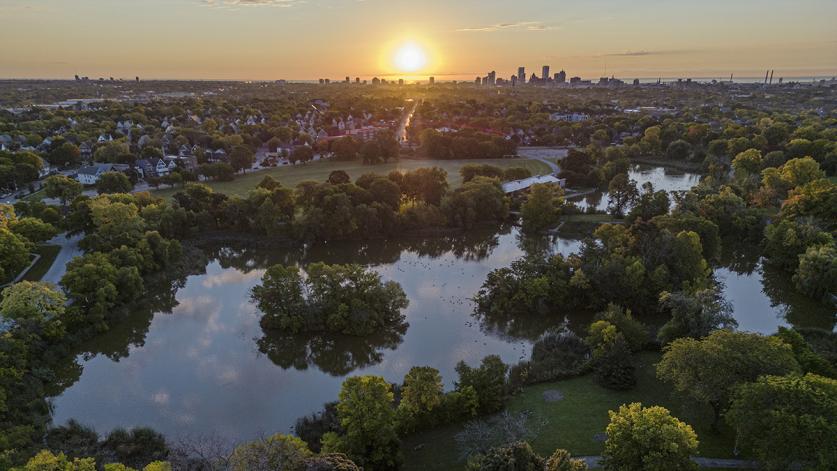
Washington Park, Milwaukee, WI
Originally known as West Park, this park was designed by Frederick Law Olmsted, Sr., of Olmsted, Olmsted & Eliot in 1892. The design team included John Charles Olmsted and Warren Manning; the latter supervising the planting of approximately 12,000 trees from 1896-97. The Picturesque neighborhood park currently suffers from years of disinvestment and while a proposal was submitted to locally designate the site as a historic site, the nomination has been paused.



